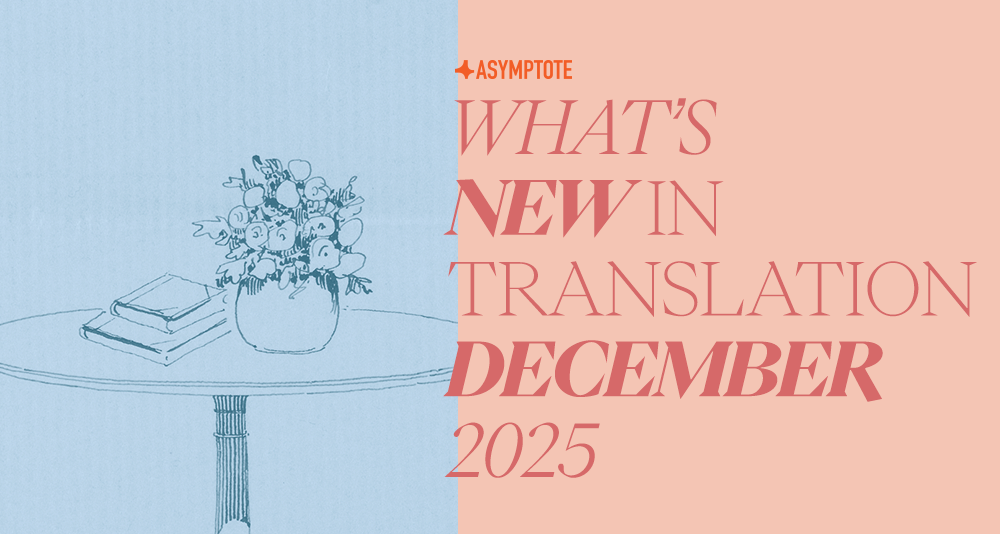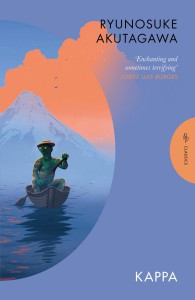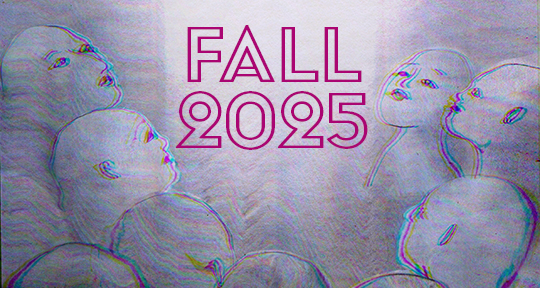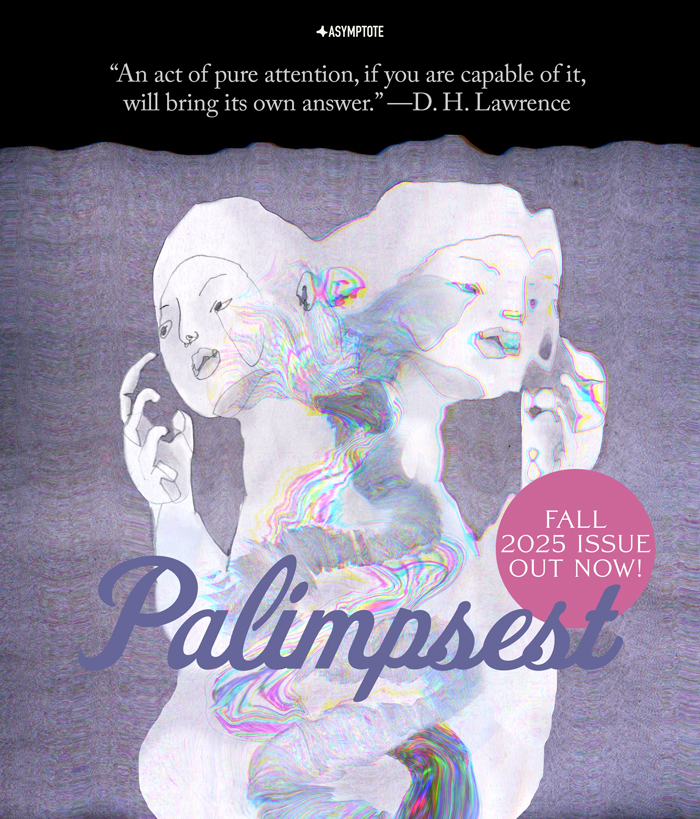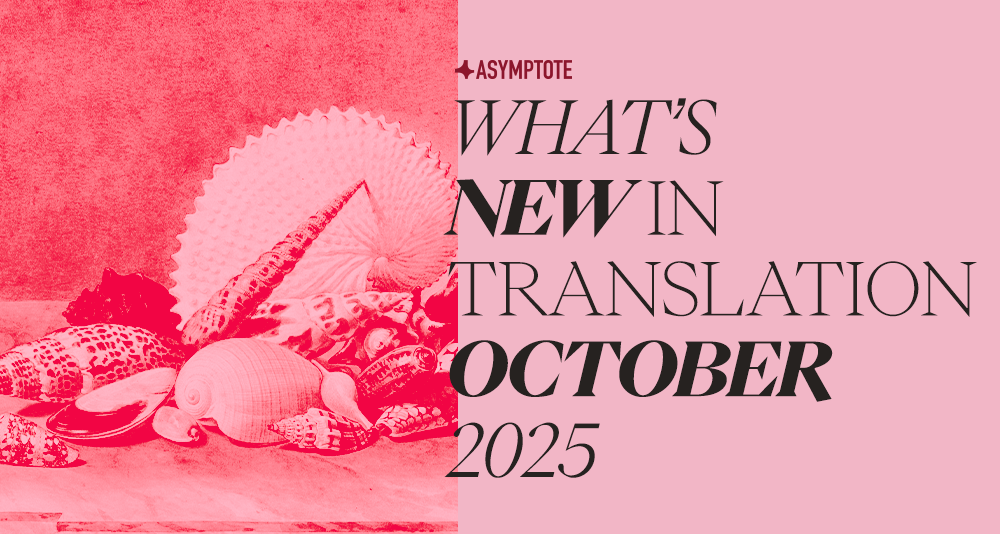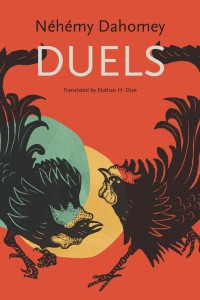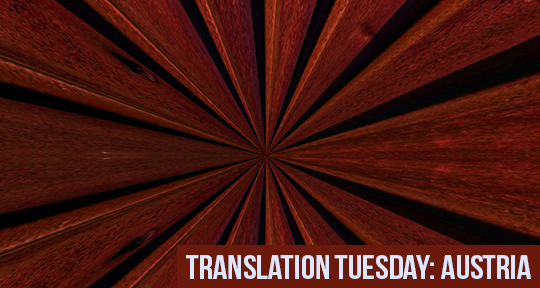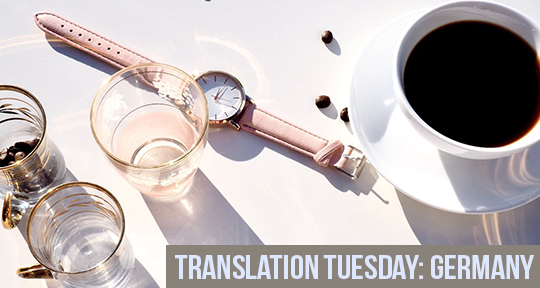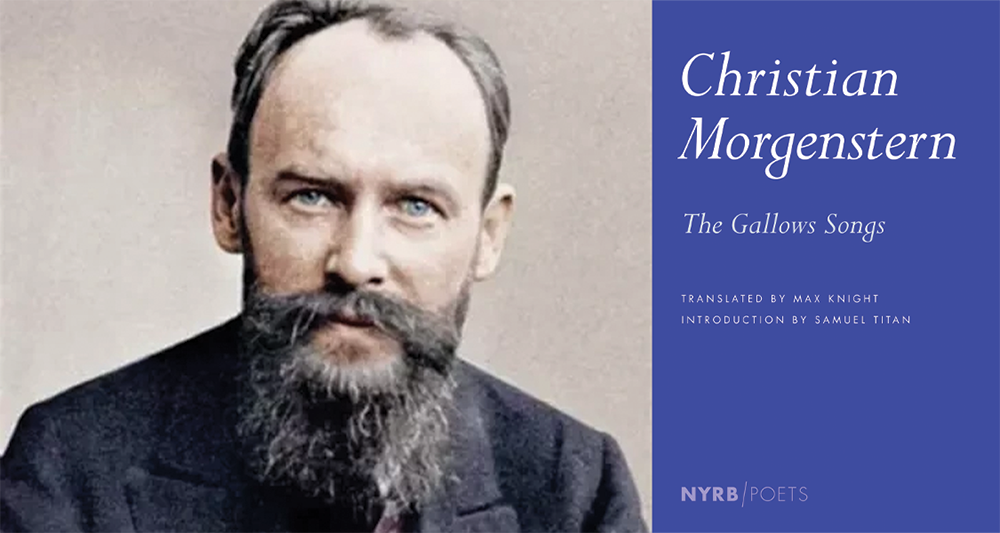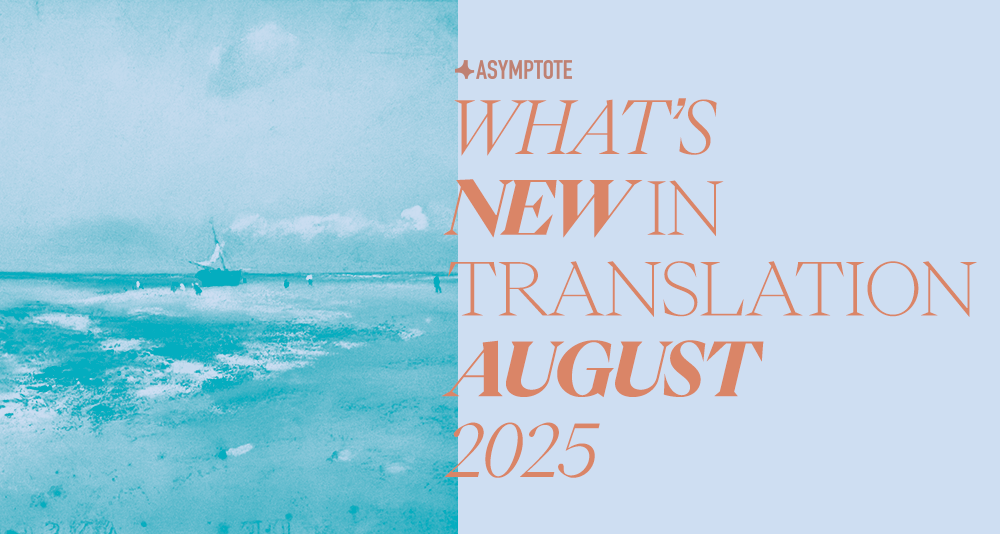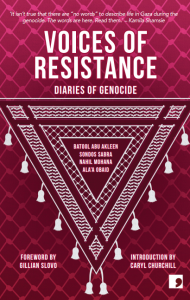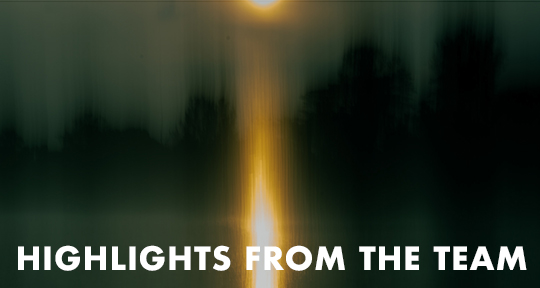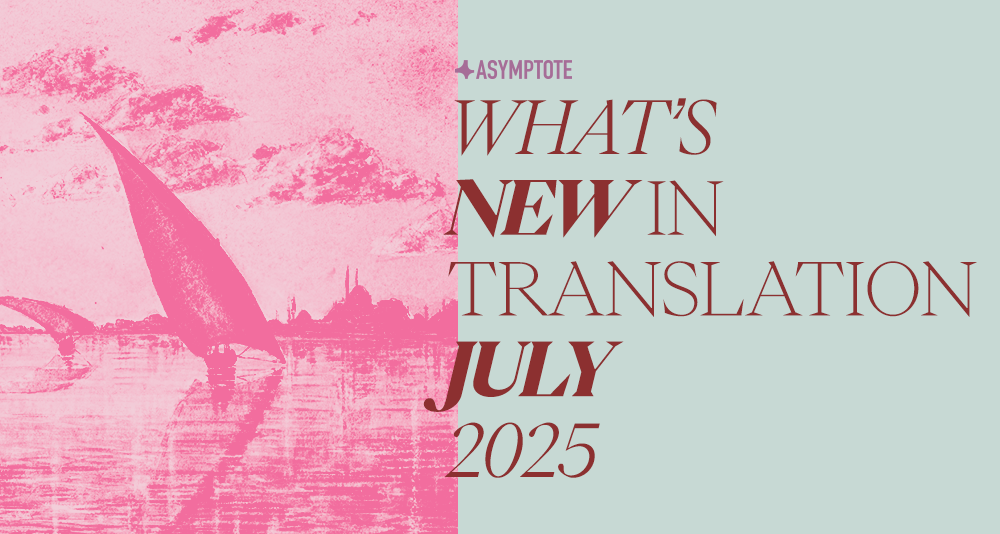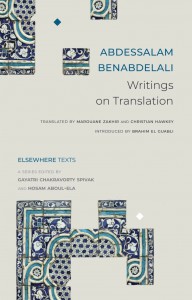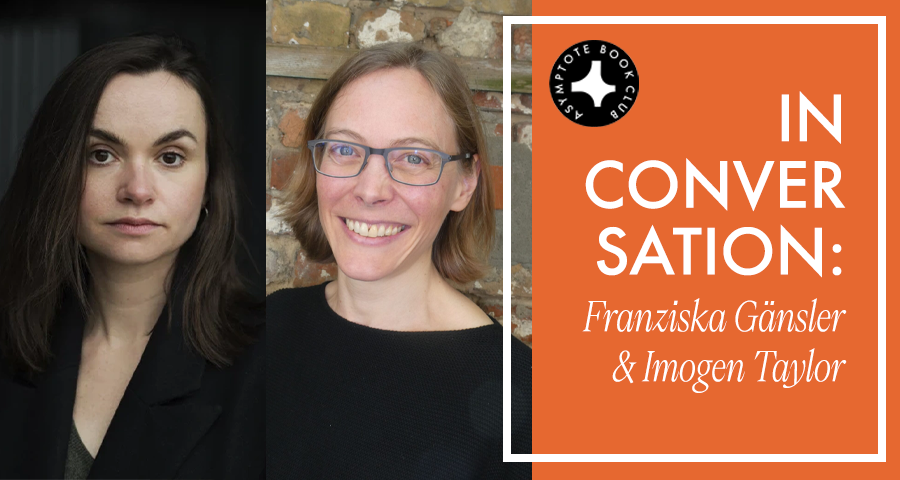Do you remember your childhood fondly? Selah doesn’t. In this week’s Translation Tuesday, the nonbinary protagonist of Luca Mael Milsch’s novel Seven Seconds of Air reflects on their childhood, on the inadequacy and guilt fostered by their constant separation from their working-class mother, on their inability to communicate with a parent whose ability to care for them is limited as much by the economic necessity of constant work as it is by moments of plausibly deniable cruelty. Brilliantly translated from the German by Han Smith, these sections, written only in the present tense, capture the mind of a child forced to grow up too quickly yet nevertheless committed to a sense of optimism. Writes Han Smith, “The word that I feel is central to Selah’s voice in this section is eigentlich, or actually / really, as in: ‘everything’s actually quite okay’ – it is an attempt at self-reassurance that surely things are fine, with the ‘but’ that follows often only implied.” Read on.
1995
She’s almost never there when I get home: she’s nearly always working late. So today I heated up a frozen lasagna and I sat with my apple juice and watched TV. The little bottles are really only for going on trips, and I’m not supposed to drink them at home. But still, I just like those bottles, and it means I don’t have to wash an extra glass. I sink right into the sofa sometimes. My mother says: melt into it. If I’m still hungry I go and check in the kitchen to see what else we have to eat, and today there was an open pack of crisps and ice-cream too, but my mother can always tell if something’s missing so it’s better to wait and see what she says. In the fridge there was a yoghurt, and I thought she might be fine with that. That was what I hoped, that it wouldn’t be too bad. Then I headed back to the living room.
Sometimes I like to touch the screen with my fingers, even if I know it isn’t allowed. I’m really not meant to go near it at all, because it isn’t safe and I might also somehow break it. But when I touch the surface, when it’s on, that is, it crackles out and I jump back with the shock. Even though I know it’s going to happen – somehow I just forget every time. I’ve actually thought quite a lot about falling through time or even disappearing completely, and I wish something could maybe pull me into the TV, into the programme I’m watching, and then I’d just be gone.


